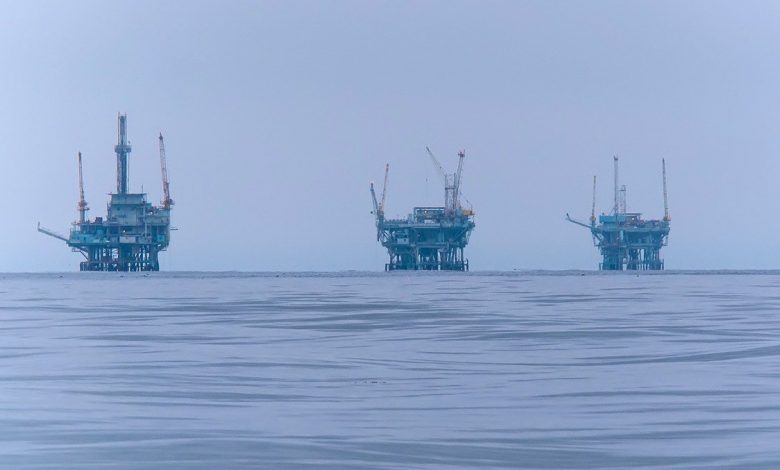
In one of the final acts of President Barack Obama’s administration, the US signed a bilateral treaty with Cuba on mineral rights on the Gulf of Mexico continental shelf.
The deal should ultimately allow for movement on exploration for potentially significant oil and gas reserves in the relevant area.
But it needs approval from the US Senate and then to be ratified by President Donald Trump, neither of which are assured. That’s especially the case as Trump has said he may renegotiate some recent deals with Cuba or terminate them if talks are not to his liking.
There had been speculation in the buildup to Friday’s transition of presidential power from Obama to Trump that there would be a tripartite treaty on the area of the Gulf known as the “Eastern Gap” or “Doughnut Hole”.
That is a triangular patch of waters that fall in the overlapping margins of continental shelf claims of the US, Cuba and Mexico.
The new bilateral US-Cuba deal effectively fulfils that function because Mexico had already signed separate agreements with the US and Cuba on its “Eastern Gap” claims.
It was the 20th deal signed between the two former Cold War adversaries since an Obama initiative began thawing relations in December 2014.
These include an agreement on spill-response protocols in the Gulf and in the Florida Straits.
